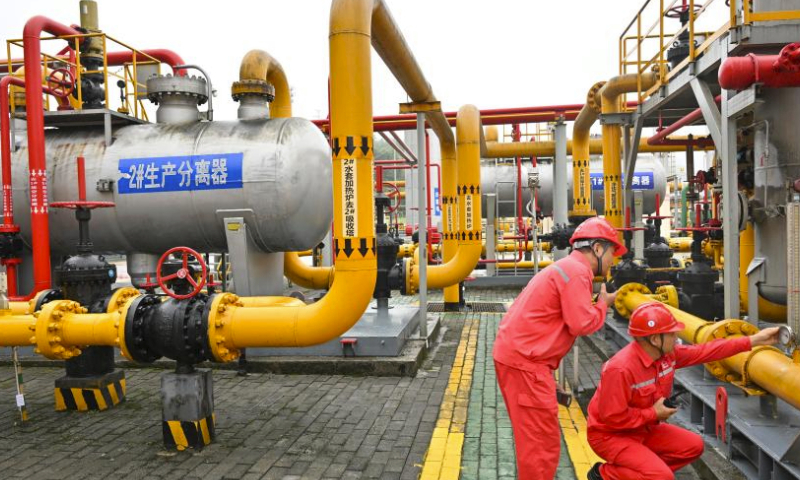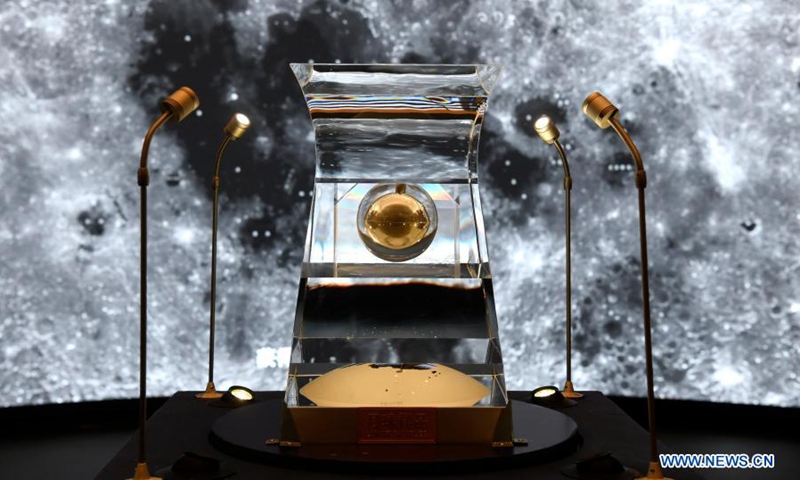Fuling shale gas field in Southwest China produces 60 billion cubic meters of gas

The Fuling shale gas field in Southwest China's Chongqing Municipality, has produced over 60 billion cubic meters of natural gas, according to its operator China Sinopec, Xinhua reported on Sunday, adding the attainments have helped shore up China's energy security.
The Fuling shale gas field, an important gas source in West-to-East Gas Transmission pipeline project, was first established in December 2012 and started operation in March 2014, distributing natural gas to more than 70 cities along Yangtze River Economic Belt.
The shale gas field has a proved reserve of 900 billion cubic meters. In 2022, Fuling shale gas field produced 7.2 billion cubic meters of natural gas and 6,998 tons of shale oil, according to Xinhua.
The low-carbon-emission feature of the shale gas made it as an important energy source to promote China's green transformation too.
China first discovered domestic shale gas reserves in the 90's, but lacked the necessary technology and expertise to exploit it.
After decades of technology research and development, operators like Sinopec have achieved to grasp core technologies.
Apart from breakthroughs in shale gas and oil exploration technology, the complicated geometric structure of shale gas field and the high costs on new drills represent new challenges.
The United Nations said that shale gas remains a traditional energy source that also produces carbon dioxide, but it is much less than coal and gasoline, which makes it a bridge from traditional energy to solar energy, wind power and hydropower.





